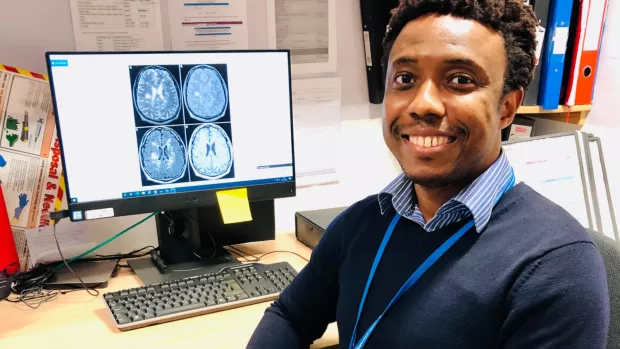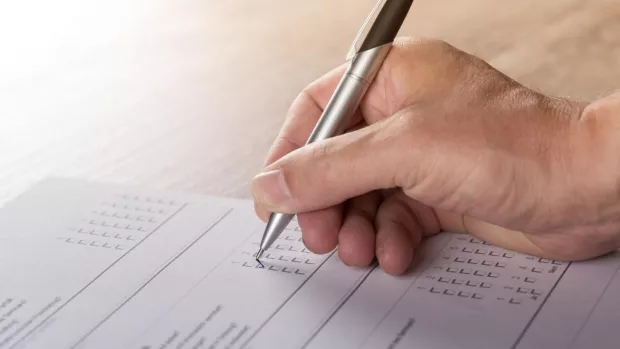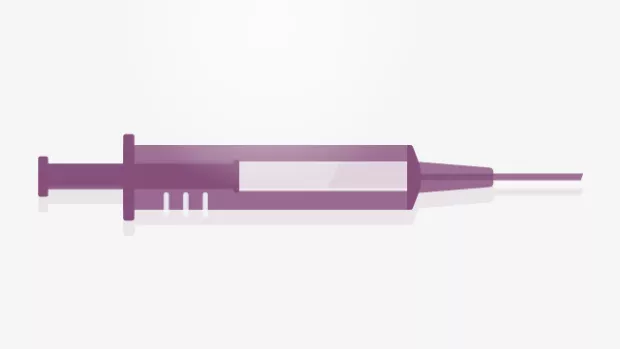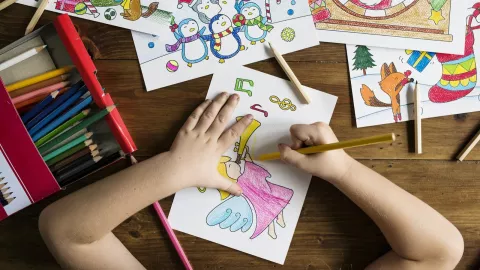
Using MRI to help understand the progression of MS in children
Dr Omar Abdel-Mannan is a paediatric neurologist trainee at Great Ormond Street Hospital London. He’s researching better ways to measure progression in childhood MS. Lucy Wood, who was diagnosed with MS at the age of 5, spoke to Omar about his research.
Around 5% of people with MS are diagnosed before they’re 18. The condition presents different challenges for children, as changes in their brain are happening as they’re growing.
After being diagnosed myself with MS so young, it was really interesting to chat with Omar. He spoke passionately about using his research to help young people with MS.
How did you get into childhood MS research?
My father’s a paediatrician so he inspired my career initially, and I’ve always been fascinated by how the brain works. So combining these passions made complete sense! Newer drugs are appearing for MS, so I felt it was an area of research with the potential to completely change the condition.
Children and young people with MS often have a more aggressive disease course - I’ve seen the impact it can have on my patients’ quality of life. So I was keen to find ways I could help.
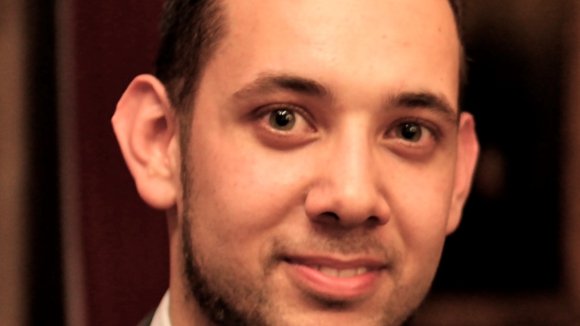
It took perseverance, but I now have research funding with help from the MS Society and the Association of British Neurologists to research what I’m most passionate about.
What is your project about?
We’re measuring brain volume (the size of the brain) in children with MS. By using newer MRI scanning techniques we can look at the size of different areas of their brain, and compare them to healthy children.
Everyone’s brain shrinks over time, but in people with MS it happens at a quicker rate. Research suggests loss of brain volume can be linked to longer term cognitive and physical problems in young people with MS. So there’s a shift away from just looking at relapses, to looking at overall brain health and how we can prevent brain tissue loss.
I hope my project will help understand how brain tissue loss affects young people and to see if it’s a better way of assessing children with MS longer term.
Why might measuring brain volume be better than how disability is measured currently?
Researchers and neurologists measure disability with something called an expanded disability status scale (EDSS), which involves looking at things like your mobility and co-ordination. This scale was developed for adults so it’s not as useful in young people. You wouldn’t know the majority of young people in a clinic have MS until they describe their symptoms.
There’s a risk of thinking their MS might not be very active if we solely look at their EDSS score. There may still be new lesions, or more brain tissue loss, which there aren’t physical signs of yet. So brain atrophy could give us a better indication of how well their disease is controlled.
How could this help young people with MS?
We know in young people without MS, their brain should grow until they’re around 21, before natural tissue loss begins. So if a patient is diagnosed young, there’s a window of opportunity. If we find the right treatments, we could have a positive impact on their brain growth and their future.
We need to ensure we’re giving young people with MS the best possible outcomes and quality of life – and improving their brain health is the first step to this.
Where do you think this research could lead to in the future?
My project is part of a much larger one that’s looking at adults too. We’re hoping to see a shift in day-to-day practice for all MS patients. Once we know how brain health affects people with MS and we can measure it, we can start to look at tailoring medication and new treatments.
In 5 to 10 years from now, I really hope we’ll have treatments available that are targeted at maximising brain health and volume.

